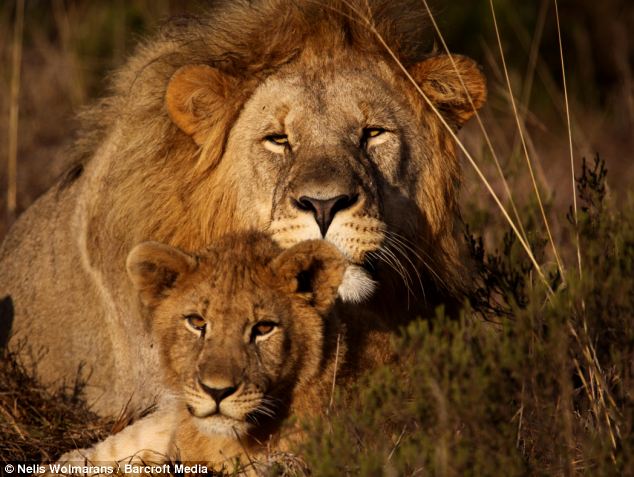Taylor Hill is an associate editor at TakePart covering environment and wildlife.
So the discovery of a “lost population” of lions in a remote national park in Ethiopia is welcome news for conservationists.
Researchers set up camera traps in the country’s northwestern region and captured the first-ever photos of lions in Alatash National Park—a 1,030-square-mile area that borders Sudan.
The November 2015 expedition by Born Free Foundation and Oxford University’s Wildlife Conservation Research Unit is the first to confirm local reports that lions still roam the region.
“In a context of dwindling numbers and local extirpation in several countries, this is a rare occasion,” said Hans Bauer, a lion conservationist at Oxford University, who led the expedition. “It may not be of great scientific interest, but lion scientists don’t often get to celebrate good news.”
Bauer said the park’s remoteness and nearly nonexistent human presence has allowed the lions to survive. Lions in other parts of Ethiopia must compete for space with the country’s booming population, currently at 96 million people and growing by some 2 million every year.
How Cecil Changed Wildlife Policy
“Luckily this area is not densely populated, so it is actually one of the most secure populations in Ethiopia,” Bauer said.
The International Union for Conservation of Nature designated the Alatash region as a “possible range” for lions, so the findings extend the known range of the species.
Researchers believe lions are also living in the adjacent Dinder National Park in Sudan, where lions were thought to be locally extinct. Because of logistical challenges, the team couldn’t set up camera traps in Sudan or track animals across the border, but the two parks are part of one contiguous ecosystem.
“Lions do not know administrative boundaries,” Bauer said, adding that scouts on both sides of the border have confirmed lion sightings. As many as 200 lions could be living across the 3,800-square-mile park complex, researchers said.
Now that lions are known to inhabit the region, the next step is to make sure the threatened species is protected in Alatash and Dinder.
With proper support, the new lion populations could be well managed, Bauer said. He cited similar programs established between animal welfare group Born Free USA and the Ethiopian Wildlife Conservation Authority to protect lions, Ethiopian wolves, and cheetahs.
“With lion numbers in steep decline across most of the African continent, the discovery of previously unconfirmed populations is hugely important—especially in Ethiopia, whose government is a significant conservation ally,” Born Free’s chief executive, Adam Roberts, said in a statement. “We need to do all we can to protect these animals and the ecosystem on which they depend, along with all the other remaining lions across Africa, so we can reverse the declines and secure their future.”


